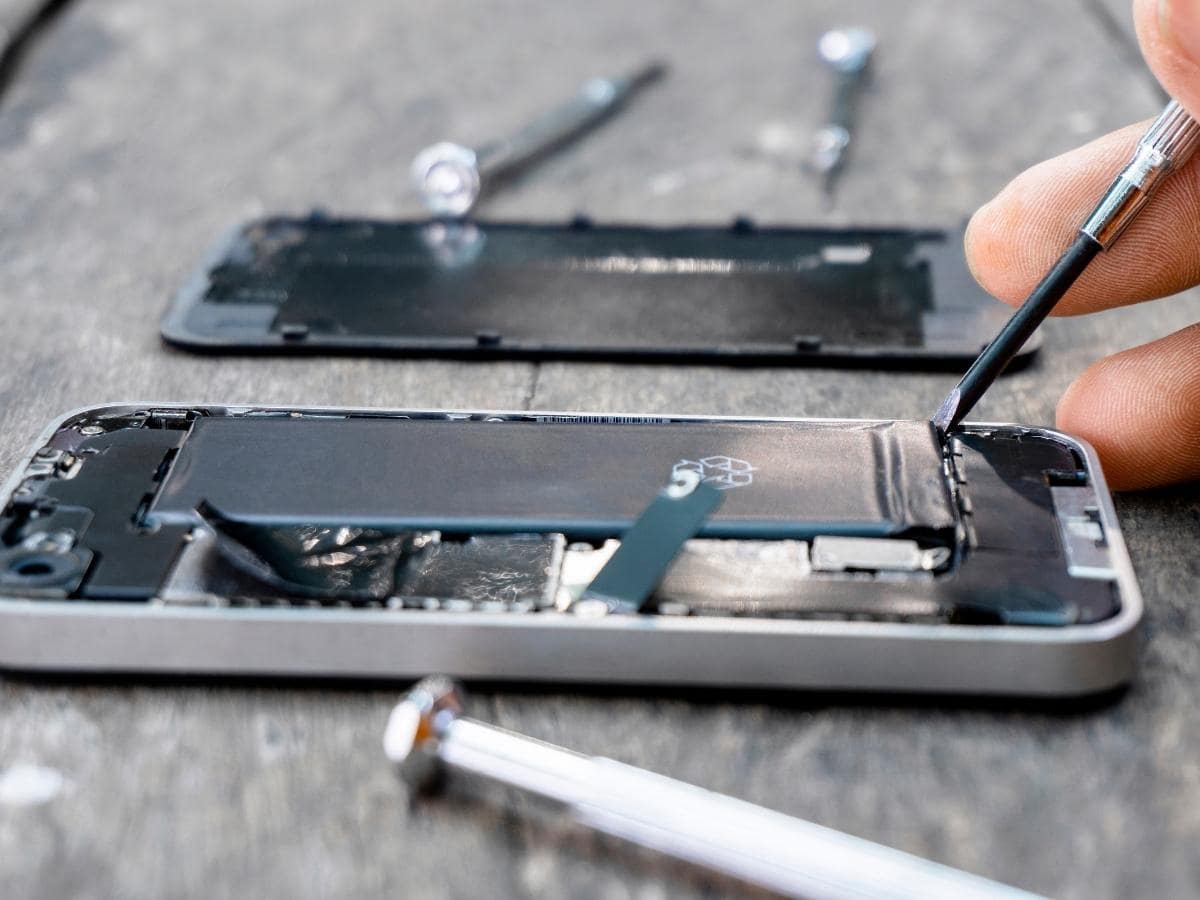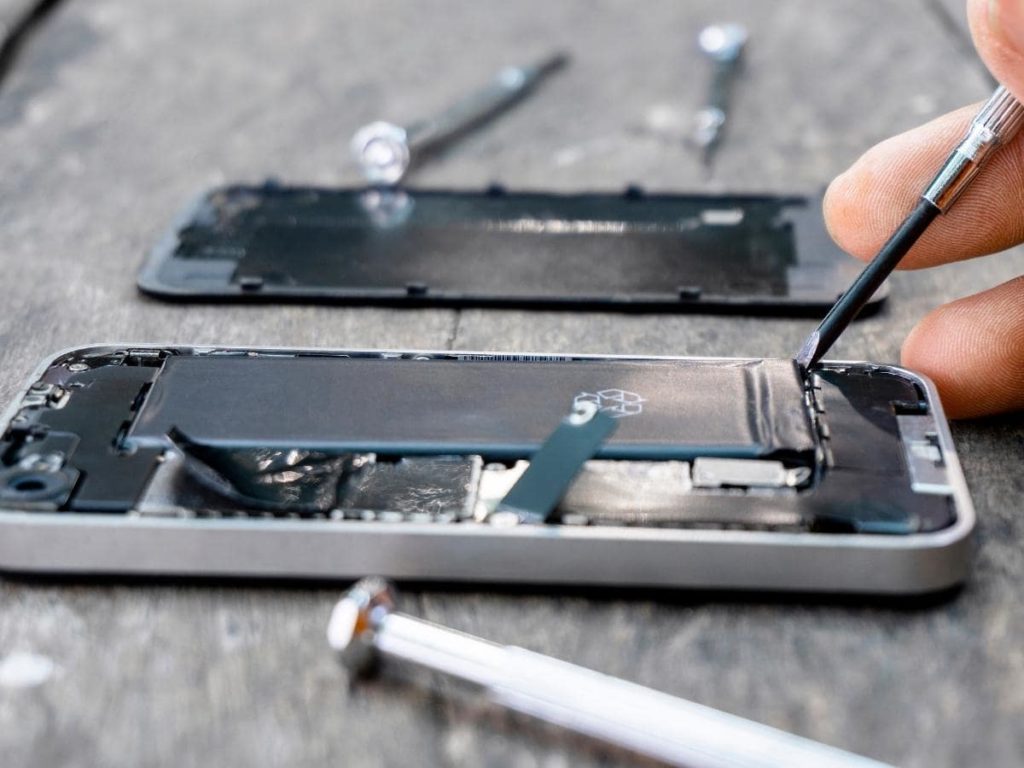
Samsung Galaxy S5 Screen Replacement – Common Issues and Possible Solutions
There are many common Samsung Galaxy S5 screen replacement issues you might encounter. From a sluggish user interface to black screens, these issues can be caused by a variety of things. In this article, we’ll look at some of the most common issues and possible solutions.
Sluggish User Interface
If you’ve been experiencing problems with your Samsung Galaxy S5 screen, you’re probably wondering what you can do about it. You can disable any unwanted applications on your phone, but make sure to check each one before you disable it. If an app isn’t performing as well as you’d like it to, you can also delete it and try again.
One of the most common causes of sluggish UI is a lack of storage space. Without enough storage, critical data could become corrupted and may affect your phone’s overall performance. To free up storage space, clear out unnecessary apps and delete them from your phone. Also, make sure that you’ve got enough RAM on your phone to perform tasks properly.
In the smartphone world, complacency is a deadly sin, and that’s what Samsung seems to have learned with the Galaxy S5 line. While there are some minor tweaks to its software, it is still far from ideal. Samsung has found a winning formula with their flagship phones and they don’t want to mess with that to lose the commercial magic.
Cellular Network Issues
One of the most common problems with the Samsung Galaxy S5 is not being able to log into your WiFi network. To remedy this problem, you should make sure the time and date on your device match with those on your network. Then, check the settings to see if the network is set up with a static IP address. If you can’t log in, you can try rebooting the device and rechecking the connection settings.
Next, you should make sure that you have a strong Wi-Fi connection. If you can’t, you can try restarting the phone or logging on with the Kies application for PC. This should fix the problem in the majority of cases. If you are unable to log in with your Google account, you can also restore your backup through your Google One account.
If you are still having problems with WiFi on your Galaxy S5, you should update the firmware on your router. Your service provider should be able to provide you with a link to the router’s setup page. Once you have done this, you should be able to connect your device to your network.
Black Screen
If you’ve been experiencing black screens on your Samsung Galaxy S5, you’re not alone. Millions of other people have also experienced this issue, and while it’s no fun, the good news is there’s a way to fix it easily. First, remove the SD card case. Then, rest your phone for five to ten seconds. This should resolve your problem in no time.
Another common problem that can cause your Samsung Galaxy S5 to go black is a crashed system. This can be caused by an unforeseen system update or memory malfunction. The result is that your phone may not respond properly to applications, and your battery will drain much more quickly than normal. To fix this problem, you need to first remove the SD card and battery, and then restart the phone. If that still doesn’t work, you can perform a hard reset, but note that it will completely erase your phone’s data.
Another problem with your Samsung Galaxy S5 is a dead screen. Before contacting Samsung to repair the problem, you can try a few steps. You should try removing the back and battery, wait ten seconds, and then try turning on the phone again. You may also be able to fix the problem by disabling some applications. For instance, some people have had success with disabling the Smart remote and S Health apps. You should also check the Vision setting to make sure that it is working correctly.
Rogue Apps or Widgets Causing The Problem
You can easily troubleshoot rogue apps or widgets that are causing your Samsung Galaxy S5 screen to become dead. One way is to reboot the phone into safe mode. To do this, simply hold down the power button until you see Safe Mode on the screen. When you are back in safe mode, you can turn off the phone and restart it again. If the problem persists, you can always perform a factory reset to restore the phone to its default settings. Before you do this, make sure to back up any important data or settings.
Another method is to disable the rogue apps on your device by switching them off. In the settings, you can find this option in the Vision section. Once you’ve done that, you can check if any rogue apps are causing the problem. If you’re still not sure, you can boot into Safe Mode to check if the problem is related to rogue apps. To do this, simply turn off your phone and press the Volume down button for a few seconds. When the lock screen comes up, you should see “Safe Mode” in the lower-left corner of the screen.

